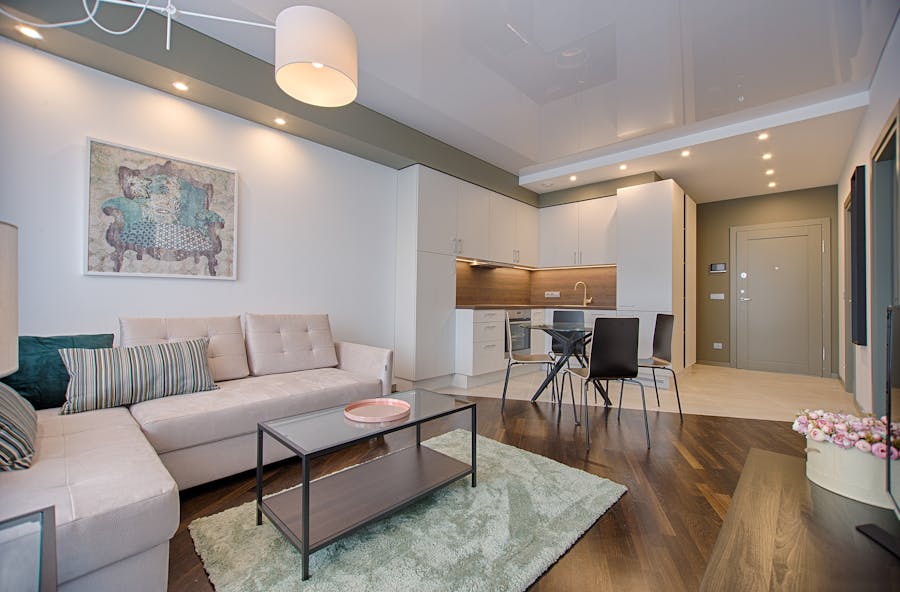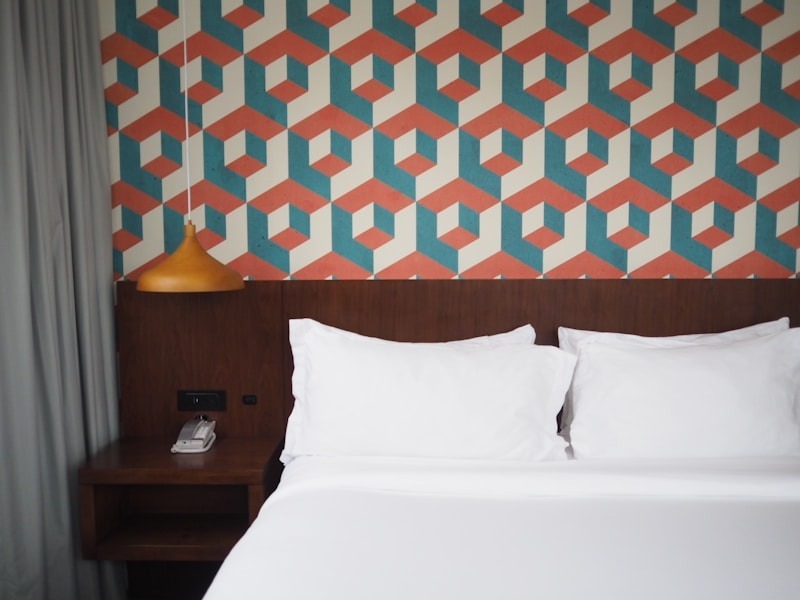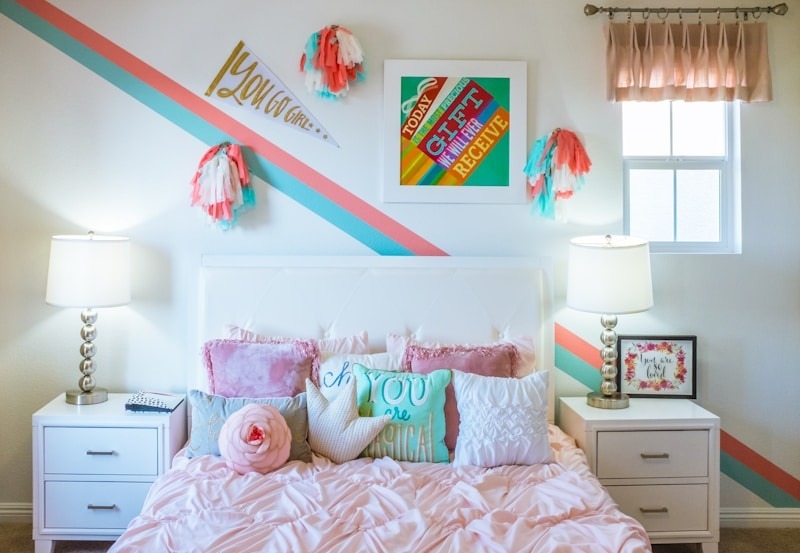Finding your perfect home design style is both a deeply personal journey and an exciting opportunity to create a living space that reflects your personality, preferences, and lifestyle. Whether you are moving into a new home or redecorating your current space, understanding your design style helps guide your choices for furniture, color palettes, décor, and even the general ambiance. Let’s explore how you can discover your ideal home design style, taking into account factors such as your tastes, lifestyle, home structure, and practical considerations. By the end, you’ll also get a comprehensive guide on recommendations based on various design styles.
1. Understanding the Role of Home Design
Home design is more than just aesthetics. It’s about functionality, comfort, and creating an environment that supports your day-to-day life. An ideal design style helps you:
- Express personality: Every detail, from wall colors to light fixtures, reflects your preferences.
- Improve functionality: Well-planned spaces allow for easy flow and practical use of areas like the kitchen, living room, and bedrooms.
- Provide comfort: Comfort isn’t just about soft couches; it includes factors like lighting, textures, and spatial arrangements that make you feel at home.
- Enhance well-being: A well-designed home can improve mood, productivity, and overall well-being.
To start, you need to discover what design styles resonate with you.
2. Assess Your Current Space
Look at your current home. What do you like about it? What don’t you like? This is a good exercise to start with because it will tell you what you want to change or keep in your new design. Consider:
- Layout: Do you like open spaces or do you prefer defined rooms? Is your current furniture arrangement comfortable or cluttered?
- Colors: Are you drawn to bright, bold colors or more neutral tones?
- Furniture: Do you have heavy, traditional pieces or sleek, modern ones?
- Décor: Is your décor eclectic, minimalist, vintage, or something else?
Making a list of the things you like and dislike helps clarify your preferences and serves as a guide for your new design.
3. Identify Your Needs and Lifestyle
Home design should match your lifestyle. Consider how you use your space:
- Family Size: Larger families may need a layout with more room and durable materials, while single professionals might prefer a minimalistic, modern look.
- Entertaining: If you host frequently, a design with open spaces, cozy seating areas, and accommodating dining areas may suit your style.
- Work-from-Home Setup: For those working remotely, an organized home office with ergonomic furniture and ample storage is essential.
- Relaxation Needs: If you enjoy relaxation through activities like reading or meditating, consider designing a peaceful reading nook or a serene bedroom.
- Outdoor Lifestyle: If you spend time outdoors, a well-designed backyard, deck, or balcony will be integral to your home style.
By pinpointing what your daily life looks like, you can ensure your home design meets practical needs as well as aesthetic ones.
4. Gather Inspiration
Before deciding on a specific style, it’s important to expose yourself to various ideas to see what resonates. Start by gathering inspiration from multiple sources:
- Magazines and Books: Home design magazines like Architectural Digest or Elle Décor showcase different styles. Books about home design can also offer deeper insights into particular trends or movements.
- Online Platforms: Websites like Pinterest, Instagram, and Houzz allow you to explore a wide variety of styles. Create a board or folder and start saving images that catch your eye. After gathering several images, look for patterns: Do you prefer light or dark tones? Do you gravitate towards clean lines or ornate details?
- TV Shows and Blogs: Home renovation shows on HGTV or YouTube videos from interior designers offer visual insights into how different designs work in real homes. Many design blogs give expert advice, personal stories, and creative tips to further inform your choices.
- Model Homes and Showrooms: Visit furniture showrooms or open houses in your area. Seeing rooms put together in person can give you a tangible sense of what appeals to you.
By gathering inspiration, you can begin to narrow down your likes and dislikes.
5. Understand the Major Home Design Styles
There are many design styles, each with its unique aesthetic. To determine your own style, it’s helpful to familiarize yourself with some of the most popular home design trends:
a) Modern
- Characteristics: Clean lines, minimal clutter, open spaces, neutral color palettes, and a focus on functionality.
- Materials: Glass, steel, and concrete, often paired with natural elements like wood.
- Furniture: Sleek, simple, and functional pieces.
- Best For: Those who enjoy simplicity, efficiency, and a sleek, uncluttered environment.
b) Contemporary
- Characteristics: Ever-evolving and focuses on what’s current and trendy. Often overlaps with modern design but allows for more flexibility and eclectic touches.
- Materials: A mix of new and traditional materials such as metal, glass, and wood.
- Furniture: Comfort and simplicity with bold accents like artistic furniture or statement lighting.
- Best For: Those who enjoy staying up-to-date with design trends and like the freedom to mix and match styles.
c) Traditional
- Characteristics: Symmetry, classic furniture styles, rich wood tones, and a warm, cozy feel.
- Materials: Dark woods, rich textiles like velvet and silk, and antique-inspired details.
- Furniture: Ornate, with curved lines and a more formal appearance.
- Best For: Those who appreciate classic design, historical influences, and a timeless, elegant home.
d) Rustic
- Characteristics: Natural materials, organic elements, and earthy color schemes. Often associated with countryside living.
- Materials: Wood, stone, brick, and leather.
- Furniture: Sturdy, handcrafted pieces with a worn, lived-in look.
- Best For: Those who love nature, cozy environments, and natural textures.
e) Bohemian
- Characteristics: Eclectic, carefree, and artistic. Boho style mixes patterns, colors, and textures from various sources and eras.
- Materials: A variety of materials like rattan, wicker, cotton, and linen, often paired with global elements like Moroccan rugs or Indian textiles.
- Furniture: Mismatched, vintage, or artisanal pieces.
- Best For: Free spirits, travelers, and those who love personal expression through design.
f) Minimalist
- Characteristics: A more extreme version of modern design, focusing on the “less is more” philosophy. Spaces are uncluttered and free of unnecessary objects.
- Materials: Simple, clean materials like concrete, glass, and unadorned wood.
- Furniture: Functional, with clean lines and no extra ornamentation.
- Best For: Those who value simplicity, organization, and a calm, serene environment.
g) Mid-Century Modern
- Characteristics: Popular in the 1940s-1960s, this style emphasizes organic shapes, functionality, and integration with nature.
- Materials: Teak wood, plastic, metal, and glass.
- Furniture: Iconic pieces with sleek lines and a vintage vibe, often characterized by bold geometric shapes.
- Best For: Fans of retro style, and those who want a blend of modern and classic design elements.
h) Industrial
- Characteristics: Inspired by factories and warehouses, this style features exposed brick, metal beams, and large open spaces.
- Materials: Raw, unfinished materials like steel, brick, and reclaimed wood.
- Furniture: Minimal and functional, often large and sturdy pieces.
- Best For: Those who love urban, loft-style living and aren’t afraid of bold, raw designs.
i) Scandinavian
- Characteristics: Light, airy, and minimalistic with a focus on comfort and functionality.
- Materials: Light woods, wool, linen, and leather.
- Furniture: Simple, functional, and often with a modern edge.
- Best For: Those who appreciate a clean, cozy, and practical design.
6. Test Out Design Styles
After learning about various styles, it’s time to test them out in small ways to see which feels most comfortable for you:
- Start with one room: Rather than redoing your entire home at once, focus on a single room. This gives you the flexibility to experiment without being overwhelmed. Choose one design style and work it into this space.
- Incorporate elements: You don’t have to commit fully to a single design style. Instead, start by incorporating elements you love—this could mean adding boho rugs to a modern living room or rustic wooden furniture to a minimalist kitchen. Mixing and matching can help you refine your taste.
- Consider transitional styles: If you find yourself drawn to multiple design aesthetics, transitional design might be your style. This style blends traditional and contemporary elements, allowing you to mix and match without losing cohesion.
7. Consult with a Professional
If you’re still feeling unsure about your design style, consulting with an interior designer can help. A professional can provide guidance based on your preferences and lifestyle. They’ll also have knowledge of the latest trends and practical considerations that you may not have thought about. Many designers offer consultations or can provide specific advice on layout, color schemes, furniture, and décor.
8. Consider Your Home’s Architecture
Your home’s structure and architecture should influence your design choices. A mid-century home might feel strange decorated in a highly traditional style, while a rustic home with exposed wood beams might lend itself to more natural, organic design elements. Always keep your home’s architecture in mind, ensuring your design complements its inherent features.
9. Practical Considerations: Budget, Space, and Timing
Your perfect home design style also needs to align with practical considerations like budget, space, and timing. Some design styles may require significant investment (such as remodeling for a modern kitchen) or more time (such as collecting vintage pieces for a traditional look). Be realistic about what you can achieve within your constraints.
Budgeting Tips:
- Start small: If you’re working on a tight budget, begin with accents and accessories like pillows, art, or rugs.
- DIY where possible: From repurposing furniture to painting walls yourself, there are many ways to get creative without overspending.
- Prioritize investment pieces: If you do splurge, focus on key pieces like a sofa or dining table that will be the foundation of your design.
10. Recommendations for Each Design Style
For Modern:
- Opt for sleek, metal furniture and neutral tones with pops of color.
- Prioritize functionality—choose multipurpose furniture.
- Keep décor minimal but choose pieces that make a statement, like abstract art or unique lighting.
For Traditional:
- Use rich textiles and dark woods.
- Incorporate symmetrical furniture arrangements for balance.
- Use elegant patterns like florals or damask in wallpaper or upholstery.
For Bohemian:
- Layer different textures such as woven throws, rugs, and tapestries.
- Use a mixture of bright, bold colors.
- Incorporate vintage or handmade pieces.
For Rustic:
- Use reclaimed wood and stone in both furniture and accents.
- Opt for warm, earthy tones in your color scheme.
- Choose oversized, comfortable furniture to create a cozy vibe.
For Minimalist:
- Stick to a monochromatic palette with simple furniture.
- Focus on decluttering—keep only the essentials.
- Use natural light as a design feature, avoiding heavy window treatments.
To Sum Up: Creating Your Perfect Home Design
Finding your perfect home design style is a process of self-discovery. It involves understanding your tastes, lifestyle, and practical needs while also exploring various aesthetics. Whether you prefer the sleek simplicity of modern design, the cozy warmth of rustic styles, or the eclectic mix of bohemian vibes, the key is to create a home that feels authentic to you. By gathering inspiration, experimenting with different styles, and considering your home’s architecture, you can craft a space that is not only beautiful but truly yours.
With these steps, you’re well on your way to curating a space that reflects your individuality, provides comfort, and enhances your daily life.




